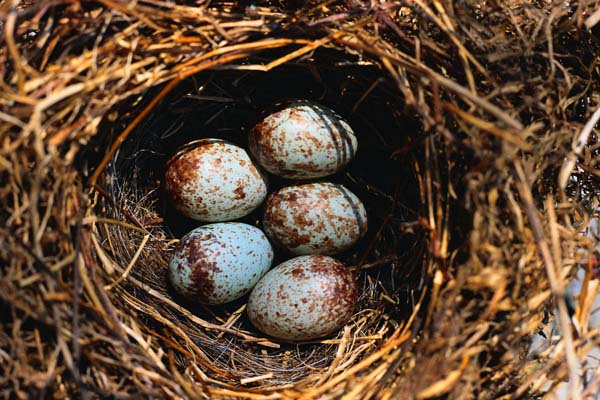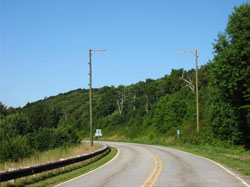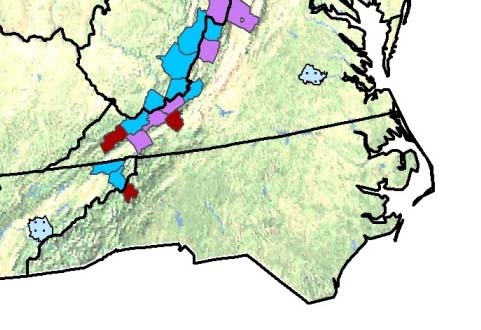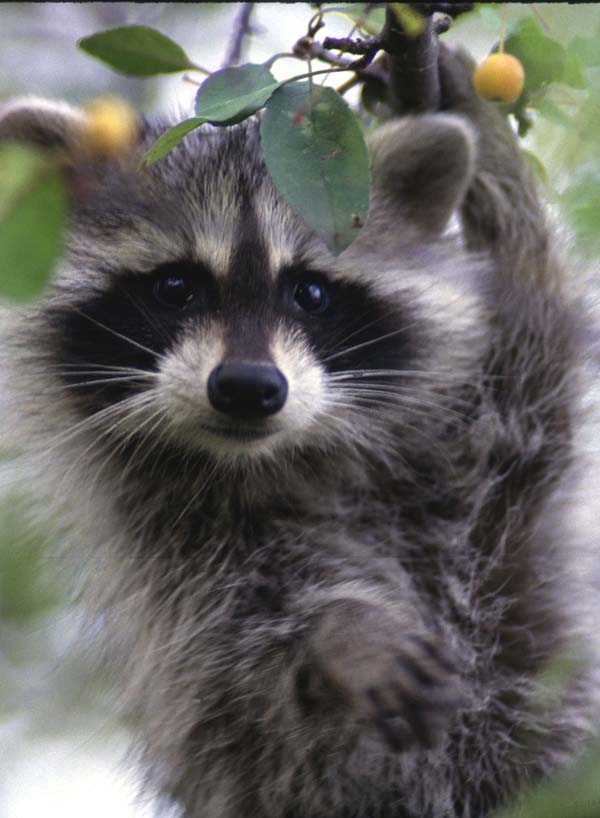 |
| Your plasticine eggs could look like this. |
Researchers at the Virginia Museum of Natural History needed a thousand eggs for a study. They decided to make them out of plasticine clay, because the plasticine eggs would show predators’ tooth and claw marks, plus, they wouldn’t rot. It took them 30 hours and they spent $250 on materials.
They published their exact method for making the eggs in The Southwestern Naturalist. You can find an open access version of the paper on this site.





